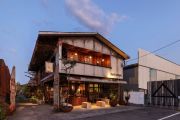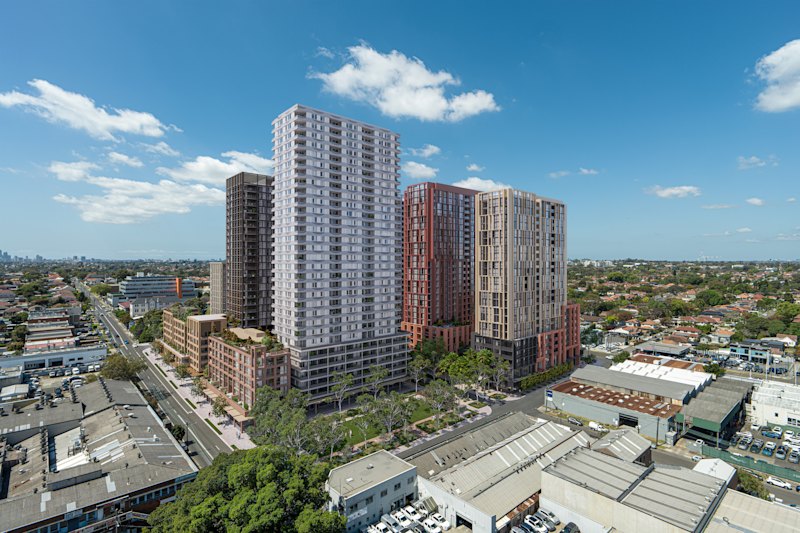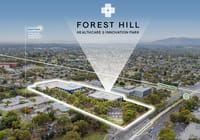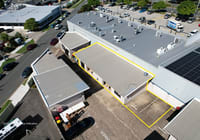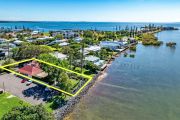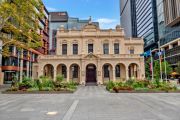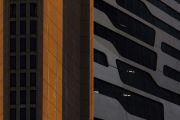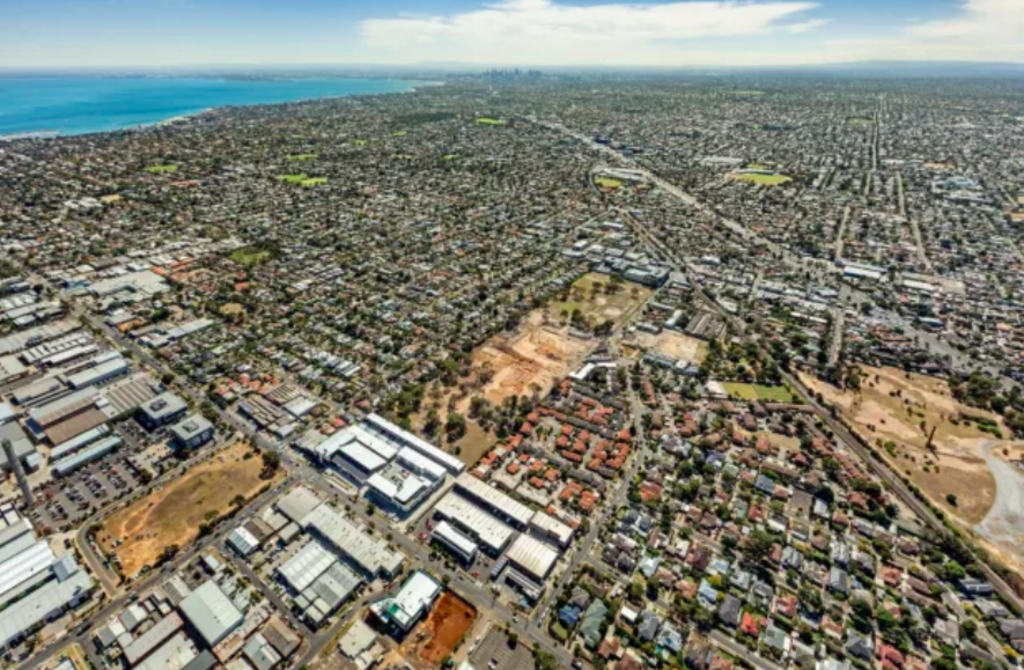
How not to manage the CSIRO's $1.7b property portfolio
A 10-year CSIRO plan to eliminate annual increases in operating costs of its $1.7 billion property portfolio by 2022 was so badly managed that costs jumped 43 per cent by 2019, a damning Australian National Audit Office report into the organisation says.
Not only did the so-called 2012 Property Strategy fail to prevent an annual 7 per cent rise in costs over the first six years, the government’s chief scientific organisation failed to reduce the number of sites it owned as planned – the number, in fact, rose by 5 per cent – and a planned 26 per cent cut in the property footprint never happened.
The CSIRO’s land holdings decreased by 1 per cent and its building footprint decreased by 10 per cent, but the failure to include some locations in these numbers meant the actual reduction in footprint – intended to free up funds for the CSIRO’s core task of research – was less than that, the report says.
The CSIRO, headed by chief executive Larry Marshall since 2015, is a significant body that conducts and leads research and also consults on commercialising it. The organisation founded in 1916 owns more than 665,878 square metres of buildings, 19,000 hectares of land, 333,000 hectares of pastoral leases and 935 buildings across the country.
Its 58 sites include farms, laboratories, glasshouses, manufacturing equipment, supercomputers and telescopes. But the Auditor-General’s report shows it struggled to manage those assets.
“The CSIRO’s reporting to its board on progress with the implementation of the strategy has not been appropriate,” the report said.
“The reporting has not been regular, has not contained information requested by the board and has not reported on delivering the aims of the 2012 Property Strategy including the realisation of costs and benefits.”
The strategy sought to fund capital works expenditure worth $567 million in part through property sales worth $401 million. As of November 2019, however, only one of 12 planned sales – the 325-hectare Arding research station in Armidale NSW, which sold in 2014 for $2.95 million – had completed.
Others, such as the asbestos-contaminated 9.34-hectare former laboratory site in Bayside Melbourne’s Highett that has cost about $30 million to decontaminate – and over which Chaolong Developments Pty Ltd has placed a caveat – and the 6.2-hectare site in Geelong’s Belmont sold to residential developer Up Property, are due to settle by the end of June.
“Of 12 divestments, three were under way, one had been completed, two were planned and six were not proceeding,” the report says.
“Between 2012-13 and 2019-20, the CSIRO spent at least $295 million on major investments and achieved divestment revenue totalling $98 million.”
The organisation apparently failed to learn from the failures of its 2012 plan when it put a successor strategy in place.
“The 2019 Property Strategy was not sufficiently informed by lessons learned and does not include any performance targets,” the report says.
The CSIRO said it accepted all five ANAO recommendations, which included consistent and transparent measurement of its property footprint, for its 2019 Property Strategy.
“CSIRO has implemented or is implementing actions consistent with the ANAO’s recommendations,” a spokesperson said.

